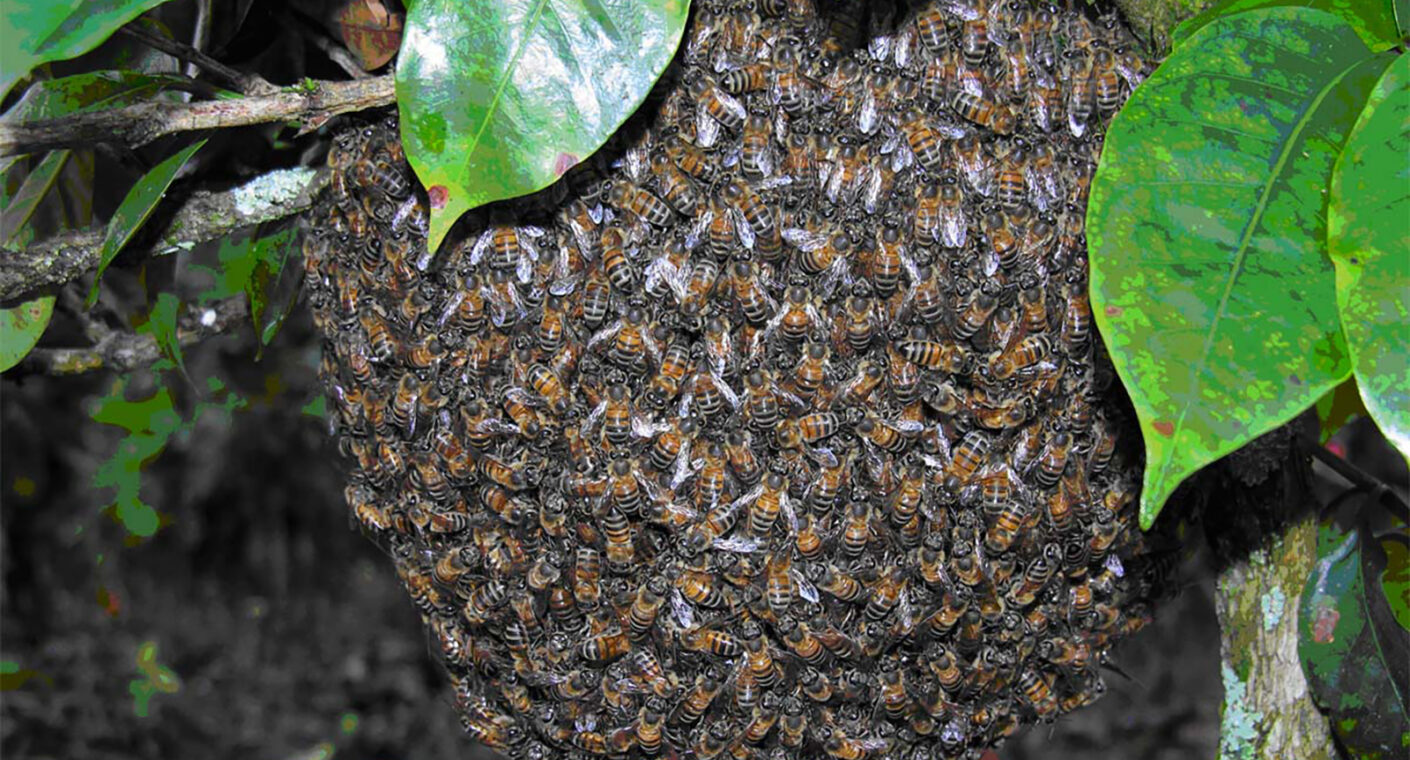To prevent a bee swarm, it is crucial to provide sufficient space in the hive, remove queen cells, and avoid overcrowding. Techniques such as guided natural swarming or nuc creation can also be used to reduce the population of the parent hive.
What is important?
To prevent a bee swarm, it is crucial to provide sufficient space in the hive, remove queen cells, and avoid overcrowding. Techniques such as guided natural swarming or nuc creation can also be used to reduce the population of the parent hive.
Preventive Measures:
- Increase hive space: Add honey supers to give the bees more space.
- Regularly check hives: Look for and remove queen cells, which are signs that the bees are preparing to swarm.
- Control the population: If the hive is overcrowded, you can remove a nuc (a group of bees with their queen) to reduce the population of the parent hive and give them more space.
- Guided natural swarming: This technique simulates the creation of a new swarm in an empty hive, which can prevent the original swarm from leaving the hive.
- Ensure good ventilation: In hot weather, make sure the entrance to the hive is fully open to promote ventilation.
- Eliminate factors that promote swarming: Avoid overcrowding, lack of ventilation, and the presence of queen cells.
Bees swarm when the colony grows too large and runs out of space. The queen, with a group of worker bees, searches for a new home. This usually occurs in spring and summer, when conditions are favorable and the hive is full.
What to do if you see a swarm?
If you see a swarm, do not approach it and keep people and pets away.
Call a beekeeper or emergency services for safe removal.
In summary:
The key to preventing a swarm is to keep the hive in good condition, with sufficient space and a balanced population. If the hive is prepared for swarming, a natural swarm is less likely to occur.

